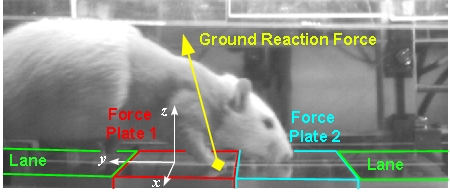Joint Damage
Tendon injuries through overuse, overload and/or tears are common conditions which can dramatically alter joint mechanics in a complex and multi-factorial manner leading to significant joint damage. This joint damage can be manifested as articular cartilage degeneration, injury to adjacent (intact) tendons, and abnormal joint kinematics and kinetics. Unfortunately, the mechanism by which tendon injuries lead to permanent joint damage remains unclear and as a result, clinicians offer advice without scientific understanding of the potential, deleterious effects on the uninjured tendons and adjacent joint tissues.
We recently received an R01 grant (AR056658) from the National Institute of Arthritis and Musculoskeletal and Skin Diseases (NIAMS) of the National Institutes of Health (NIH) entitled "Mechanisms of Joint Damage following Joint Injury" to elucidate the mechanisms governing the relationship between tendon injury and joint damage using our rat rotator cuff model. Common clinical tendon injuries will be created and joint damage will be assessed by measuring:
- Cartilage genetic, proteomic and mechanical properties
- Tendon genetic, proteomic, collagen organizational and mechanical properties
- Ambulation - ground reaction forces and paw placement during ambulation

Results of this study will not only define the in vivo mechanical processes which cause joint damage due to tendon injury, but will also provide a framework and model system in which physicians could better advise patients on outcomes and in which targeted treatment modalities could be evaluated in a controlled manner in order to guide physicians on an optimal treatment strategy long-term for common injuries.
